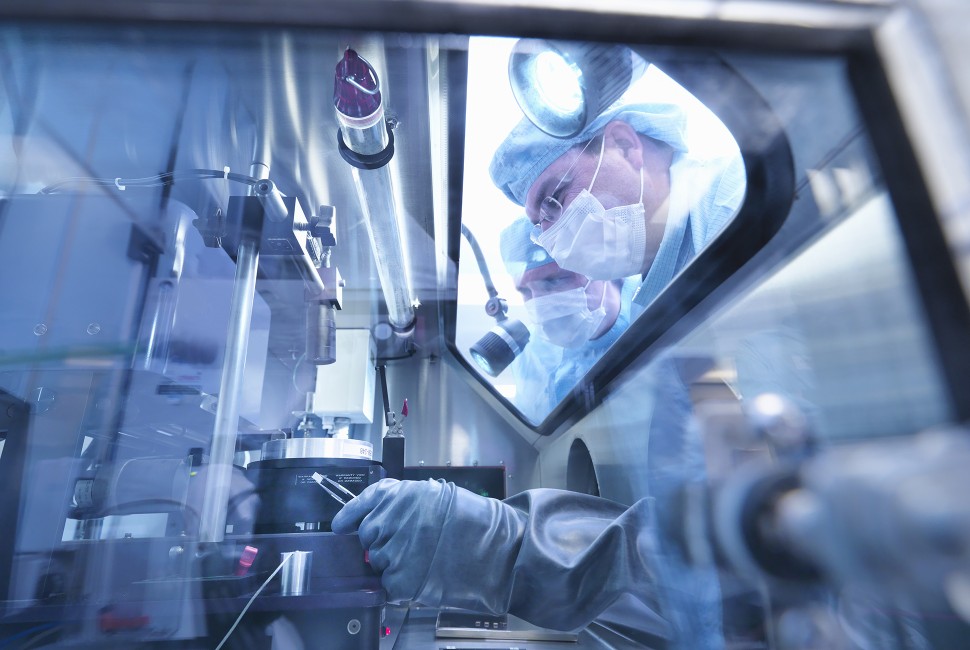If the COVID-19 pandemic taught us anything, it’s that our homes and offices are not sealed fortresses. Instead, they are porous and permeable, allowing microbes, pathogens and even radioactive elements to slip inside unnoticed.
To help ensure that U.S. buildings can withstand terrorism, pandemics and tragic accidents, Northwestern University — along with Idaho National Laboratory, the U.S. Department of Energy Office of Nuclear Incident Policy and the National Nuclear Security Administration — has organized a series of summits to assess strategies for creating a national test and evaluation process to investigate building vulnerabilities and ultimately mitigate radiological risks indoors.
Called the Built Environment Surveillance Testbed (BEST) summits, the series kicks off tomorrow. All events are free and open to media and the public. Participants can register here to receive a unique access link. Hosted by Idaho National Laboratory, the summits are virtual and can be joined from any location around the globe.
“When we think of ‘weapons of mass destruction,’ we typically think of giant bombs. But, actually, many risks are diffuse and spread not through cataclysmic events in outdoor environments but through many tiny events in indoor environments.”
– Erica Hartmann
Taking place April 25, the first event is dedicated to radiological risks. The BEST-Rad summit will explore radiological detection, emergency response and decontamination. Speakers include experts on radiation, emergency training and response, radioactive materials, nuclear weapons, environmental health and terrorism.
Taking place on Tuesday, June 13, the second event is dedicated to biological risks. The BEST-Bio summit will explore preparedness for bioterrorism and infectious disease transmission.
The summits were co-organized by Northwestern’s Aaron Packman and Erica Hartmann. An expert in waterborne disease transmission and water-based epidemiology, Packman is a professor of civil and environmental engineering at Northwestern’s McCormick School of Engineering and director of Northwestern’s Center for Water Research. An indoor microbiologist, Hartmann is an associate professor of civil and environmental engineering at McCormick.
“A wide range of technologies were developed during the COVID-19 pandemic, such as techniques for monitoring pathogens in building air and water systems as well as methods to improve building ventilation, air filters and surface disinfection to reduce transmission risks,” Packman said. “Now we need the ability to assess the performance of these technologies.”
“When we think of ‘weapons of mass destruction,’ we typically think of giant bombs,” Hartmann said. “But, actually, many risks are diffuse and spread not through cataclysmic events in outdoor environments but through many tiny events in indoor environments.
“At this point, we have experienced enough of the COVID-19 pandemic to recognize that our buildings are not fortresses. And while there have been a lot of exciting developments in technology to protect us from these threats, there’s a gap between the basic research that creates the solutions and the full building implementation scale. These summits are critical for learning how to close that gap and how best to leverage resources available through the military and national labs.”


